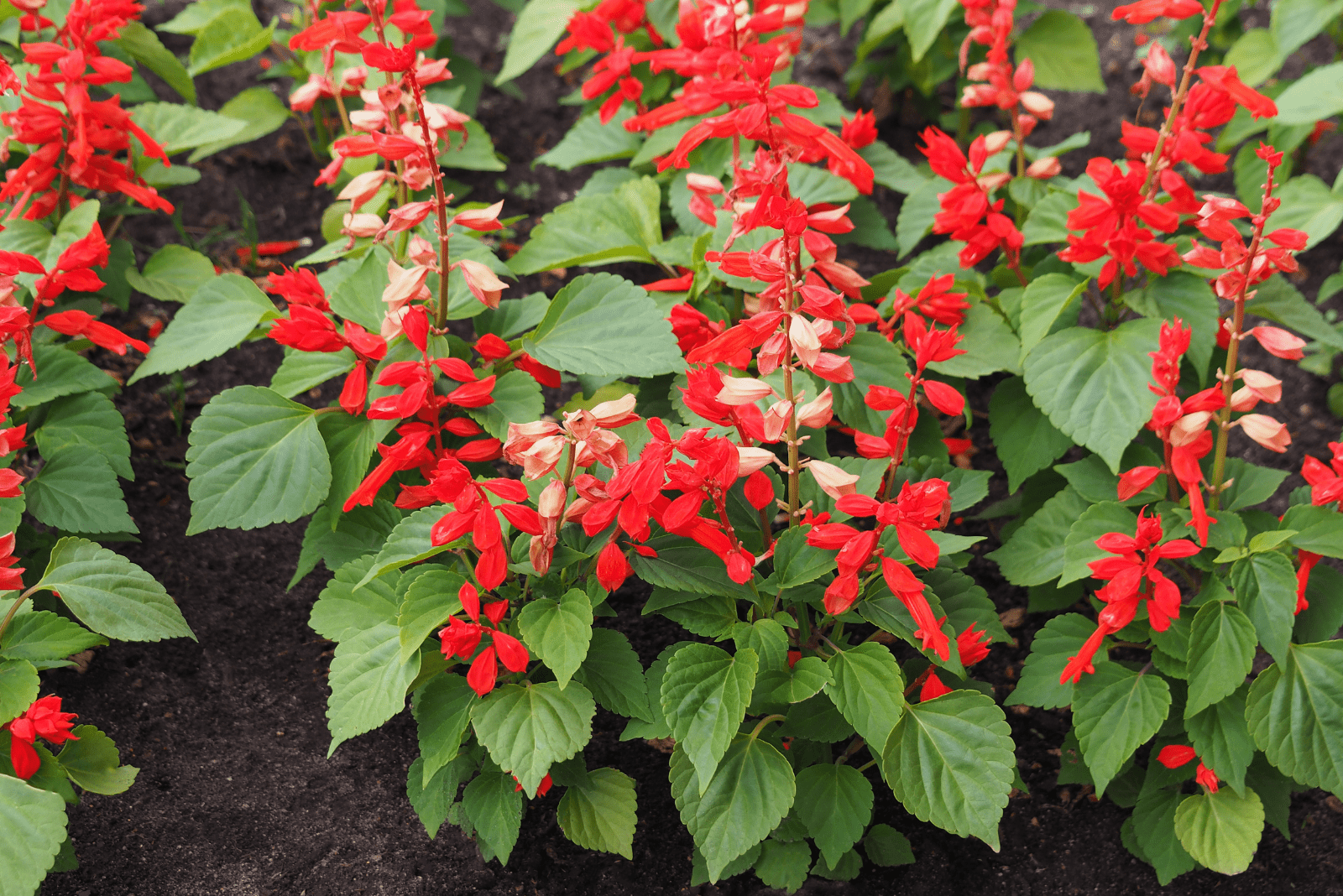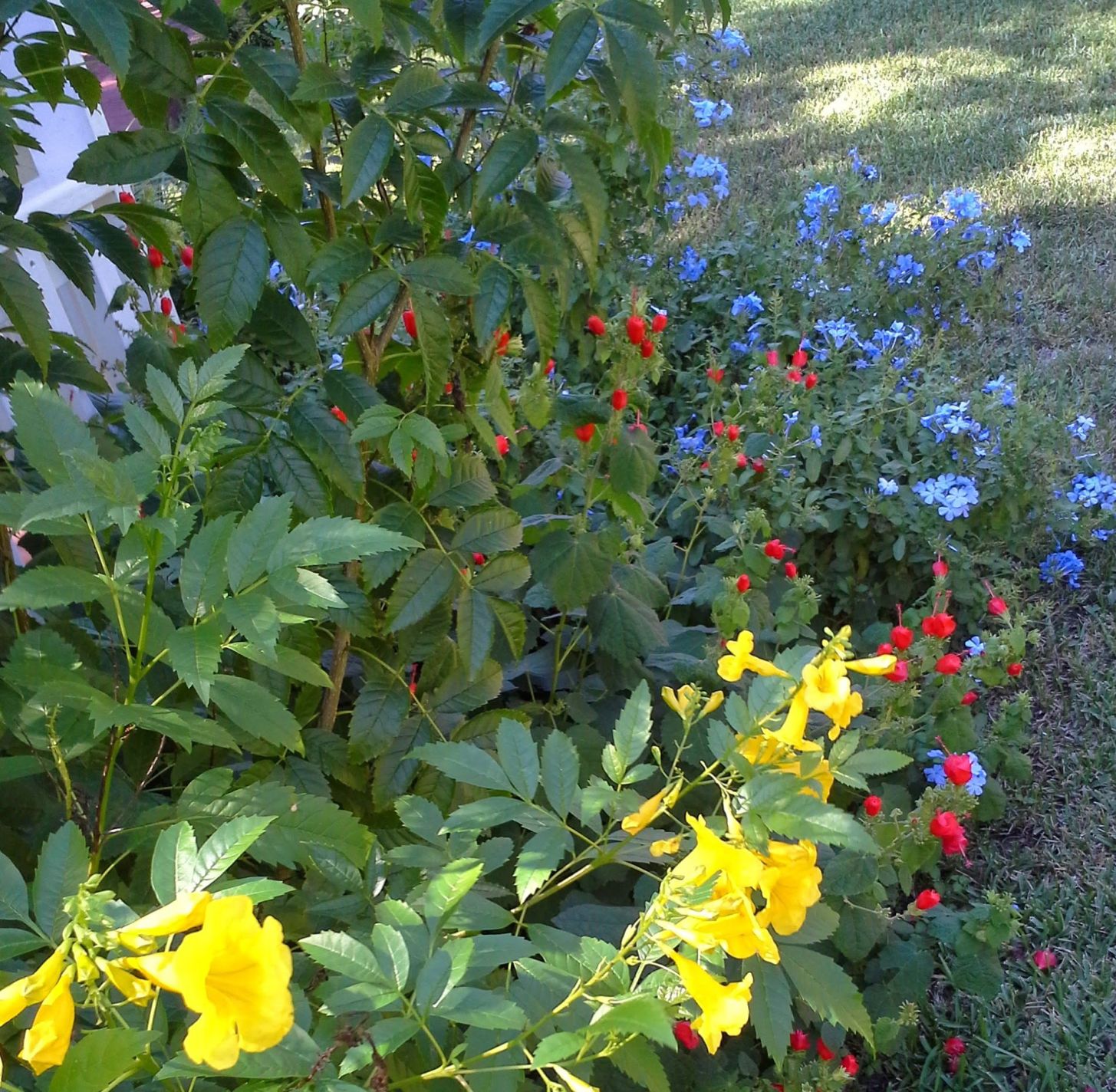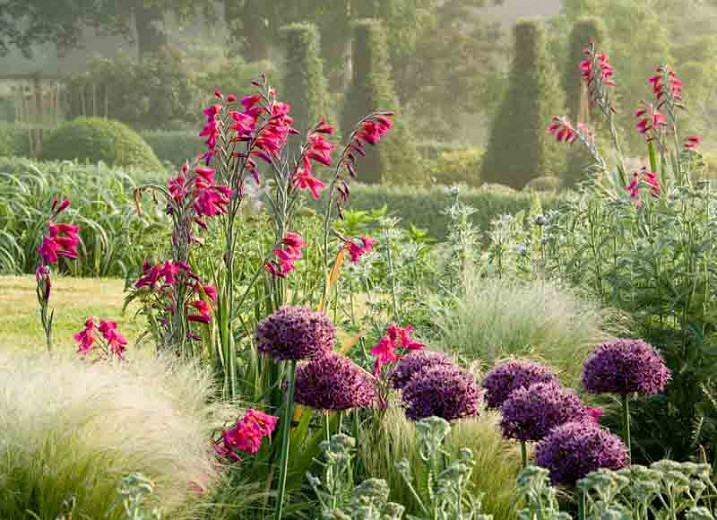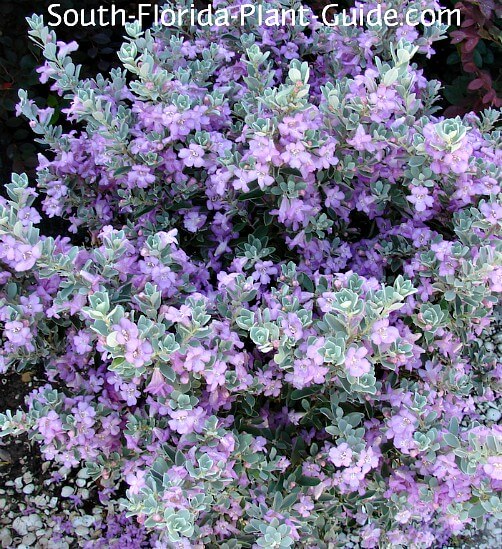Texas Sage Companion Plants That Will Make Your Garden Pop
Texas Sage Companion Plants That Will Make Your Garden POP
Texas sage (Leucophyllum frutescens) is a beautiful and versatile plant that can add a touch of elegance to any garden. It is known for its silvery-green foliage and clusters of purple flowers that bloom from late spring to early fall. Texas sage is a drought-tolerant plant that thrives in full sun, making it a perfect choice for hot, dry climates.
One of the best things about Texas sage is that it can be paired with a variety of other plants to create a stunning and colorful garden. Here are a few of our favorite Texas sage companion plants:
- Yucca. Yucca is a spiky succulent that adds a touch of drama to any garden. It is drought-tolerant and heat-loving, just like Texas sage. Yucca and Texas sage can be planted together in a sunny spot to create a striking contrast of textures and colors.

- Lavender. Lavender is another drought-tolerant plant that pairs well with Texas sage. The delicate purple flowers of lavender complement the silvery foliage of Texas sage, and the two plants have similar growing requirements. Lavender and Texas sage can be planted together in a border or in a container garden.

- Coral honeysuckle. Coral honeysuckle is a vining plant that produces beautiful orange-red flowers in the summer. It is a fast-growing plant that can be trained to climb a trellis or fence. Coral honeysuckle and Texas sage can be planted together to create a vertical accent in the garden.

- Mexican feathergrass. Mexican feathergrass is a tall, airy grass that adds movement and texture to the garden. It is drought-tolerant and prefers full sun, just like Texas sage. Mexican feathergrass and Texas sage can be planted together in a sunny border or in a container garden.

- Ornamental sage. Ornamental sage is a relative of Texas sage that comes in a variety of colors, including purple, blue, white, and pink. It is a drought-tolerant plant that prefers full sun. Ornamental sage and Texas sage can be planted together in a bed or border to create a colorful display.

These are just a few of the many Texas sage companion plants that you can choose from. When choosing companion plants, it is important to consider the plants' growing requirements, such as sun exposure, water needs, and soil type. You should also consider the plants' size and shape to ensure that they will complement each other in the garden.
With a little planning, you can create a beautiful and colorful garden by pairing Texas sage with the right companion plants. So get creative and experiment with different combinations until you find the perfect look for your space.
Texas sage (Leucophyllum frutescens) is a drought-tolerant shrub that is native to the southwestern United States and Mexico. It is known for its silvery-green foliage and lavender or purple flowers that bloom in the summer. Texas sage is a versatile plant that can be grown in a variety of settings, including gardens, patios, and containers.
When choosing companion plants for Texas sage, it is important to consider the plant's growing conditions. Texas sage prefers full sun and well-drained soil. It is also tolerant of heat and drought. Some good companion plants for Texas sage include:
- Ice plant: This succulent plant is also drought-tolerant and can help to add color and texture to your garden. Gardenia Inspiration
- Crown of thorns: This colorful shrub is another good choice for sunny, dry spots.
- Jatropha: This tropical shrub has bright orange flowers and is a great way to add a tropical touch to your garden.
- Muhly grass: This grass has airy, feathery plumes that add movement and interest to your garden.
- Clusia: This evergreen shrub has glossy leaves and yellow flowers.
- Carissa: This evergreen shrub has white flowers and red berries.
- Cycads: These slow-growing plants add a touch of tropical elegance to your garden.
- Knock Out rose: This rose is known for its hardiness and disease resistance.
- Frangipani: This tropical tree has fragrant flowers that bloom in the summer.
For more information about Texas sage companion plants, please visit Gardenia Inspiration.
FAQ of texas sage companion plants
- What are some good companion plants for Texas sage?
Texas sage is a drought-tolerant shrub that can thrive in full sun and poor soil. It is a good choice for xeriscaping and can be used to create a natural-looking border or hedge. Some good companion plants for Texas sage include:
* Ice plant: A succulent plant that is also drought-tolerant and can add a splash of color to your landscape.
* Crown of thorns: A thorny shrub that is also tolerant of hot, dry conditions.
* Jatropha: A tropical shrub that produces bright orange flowers.
* Muhly grass: A tall grass that adds movement and texture to your landscape.
* Clusia: A tropical shrub that produces white flowers and is tolerant of salt spray.
- What are the benefits of planting Texas sage with other plants?
Planting Texas sage with other plants can offer a number of benefits, including:
* Increased visual interest: Texas sage has attractive gray-green foliage and purple flowers, but planting it with other plants can add even more color and interest to your landscape.
* Improved drainage: Texas sage is drought-tolerant, but it can still benefit from being planted with other plants that help to improve drainage. This is especially important in areas with heavy clay soils.
* Reduced pest and disease problems: Planting Texas sage with other plants can help to reduce the risk of pest and disease problems. This is because different plants attract different insects and diseases, so planting a variety of plants can help to keep pests and diseases in check.
* Enhanced pollination: Texas sage is a nectar-rich plant that attracts bees and butterflies. Planting it with other pollinator-friendly plants can help to enhance pollination in your garden.
- How far apart should Texas sage companion plants be planted?
The spacing between Texas sage companion plants will depend on the size of the plants you are planting. For example, if you are planting small ice plant, you can space them about 6 inches apart. However, if you are planting larger plants, such as crown of thorns, you will need to space them further apart, about 3 feet or more.
- When should I plant Texas sage companion plants?
The best time to plant Texas sage companion plants is in the spring or fall. This will give the plants time to establish themselves before the hot summer months.
- How much water do Texas sage companion plants need?
Texas sage is drought-tolerant once it is established. However, young plants will need to be watered more frequently, especially during the first year. Once the plants are established, you can water them deeply once a week during the summer months. In the winter, you can water them less frequently, about once a month.
Image of texas sage companion plants
- Mexican Heather: This low-growing shrub has blue-green foliage and produces clusters of pink or lavender flowers in the spring and summer. It is drought-tolerant and prefers full sun.
- Purple Coneflower: This tall, upright wildflower has bright purple petals and yellow centers. It is deer-resistant and prefers full sun.

- *Salvia: There are many different varieties of salvia, but all of them have showy flowers and prefer full sun. Some popular varieties for companion planting with Texas sage include Salvia 'Blue Marvel', Salvia 'Hot Lips', and Salvia 'May Night'.

- Lavender: This fragrant herb has purple flowers and prefers full sun. It is drought-tolerant and can help to repel pests.

- Yarrow: This hardy perennial has yellow, white, or pink flowers and prefers full sun. It is drought-tolerant and can help to attract beneficial insects.


Post a Comment for " Texas Sage Companion Plants That Will Make Your Garden Pop"